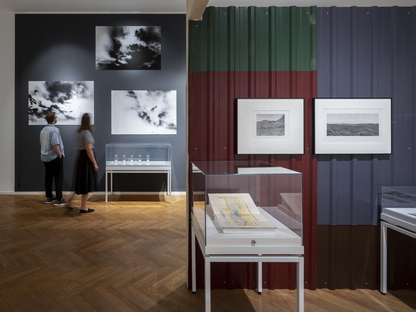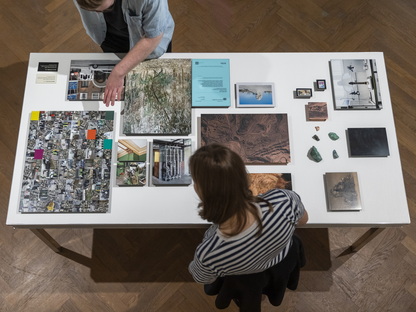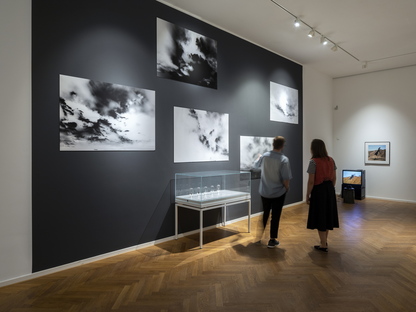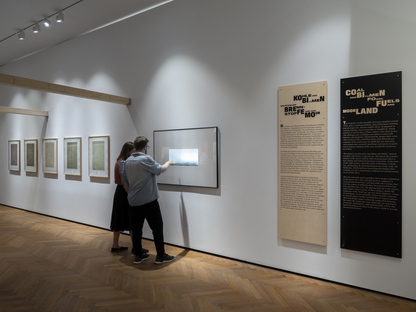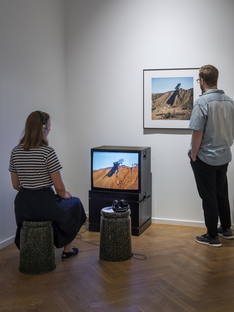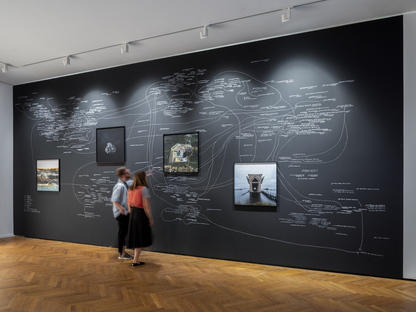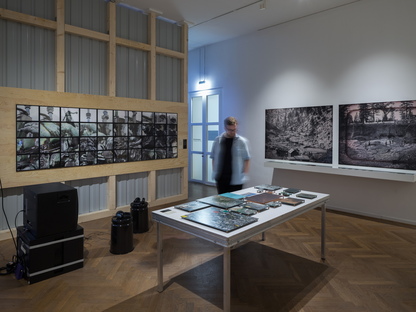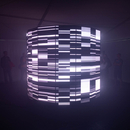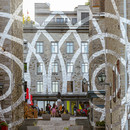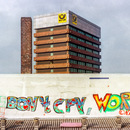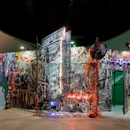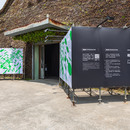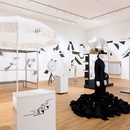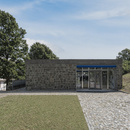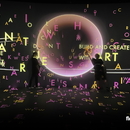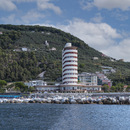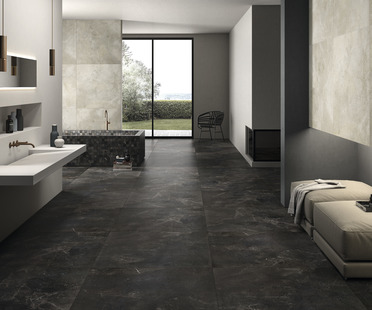25-08-2022
Exhibition Mining Photography. The ecological footprint of image production at MKG Hamburg
Thomas Jehle,
- Blog
- Events
- Exhibition Mining Photography. The ecological footprint of image production at MKG Hamburg
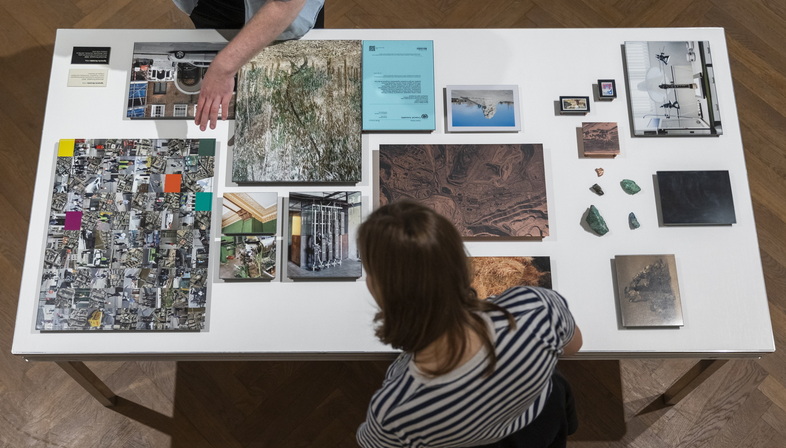
At the Museum für Kunst & Gewerbe MKG in Hamburg, the Hanseatic city's museum of art and crafts, the exhibition Mining Photography: The Ecological Footprint of Image Production is underway. It is an investigation into the material history of the key resources used for photography, addressing the social and political context of their extraction, waste, and relationship to climate change. Because let's be honest: when have we ever, in front of a photograph, stopped to think what materials are needed for an image, impressed on a roll of film, through the alchemy of the darkroom to make it onto paper?
It is precisely this gap that the MKG wants to fill. It does so, of course, using historical photographs and contemporary artwork, as well as interviews with a chemist, an activist, a restorer, a mineralogist and a biologist. In this way, the history of photography can be addressed: "as an industrial production, showing to what extent the medium has been deeply intertwined with human change in the environment," as the press release states.
And we discover this through 170 works divided into five chapters, thanks to the path curated by artist, author and curator Boaz Levin and Esther Ruelfs, head of MK&G's photography and new media collection. All well staged thanks to the installation created by Thomas Jehle from Vienna, using recycled and reusable materials. Chapters that, in turn, follow the different materials used for photographic production.
Before there was copper for daguerreotypes, at the beginning of the 19th century, the materials used for photographs were salt, fossil fuels such as bitumen and carbon, as well as copper and silver, for the first images on copper plates and salted paper prints. An increasingly flourishing industry, thanks to our society's growing 'hunger' for images, so much so that "by the end of the 20th century, the photographic industry was one of the most important consumers of silver, responsible, at its peak, for more than half of the global consumption of the metal". All for the widespread use of silver gelatin prints on paper.
It would be wrong to think that the advent of digital photography has improved the situation, quite the contrary. Due to the ubiquity of mobile devices, image production now depends on rare earths and metals such as coltan, cobalt and europium. In addition, the storage and distribution of images consume immense amounts of energy. We read in the press release that "a researcher recently observed that Americans produce more photographs every two minutes than were taken in the entire 19th century." It is no coincidence that it is the last chapter, The Weight of the Cloud: Rare Earths, Metals, Energy, and Waste, that touches us most as it relates to our present, alerting us that we have some opportunities to reduce our ecological footprint. Indeed, rare earths, besides being so-called 'conflict minerals', end up in the growing mountains of electronic waste in the global South.
Alongside Lisa Barnard's research on recycling, such as The Canary and the Hammer, and Mary Mattingly's on cobalt supply chains, as well as Lisa Rave's video essay on europium, visitors can use the app developed by Christoph Knoth and Konrad Renner, together with students from Hamburg University of the Arts (HFBK), to examine their phones in terms of durability and recyclability, then check their own energy consumption.
Definitely, the exhibition Mining Photography: The Ecological Footprint of Image Production, with its material approach, offers a radically new perspective on photography.
Christiane Bürklein
EXHIBITION
Mining Photography. The Ecological Footprint of Image Production,
Curators:Esther Ruelfs & Boaz Levin
15 July until 31 October 2022 at MKG Hamburg
Exhibition Design: Thomas Jehle
Images: Henning Rogge, courtesy of MKG
Find out more: https://www.mkg-hamburg.de/










